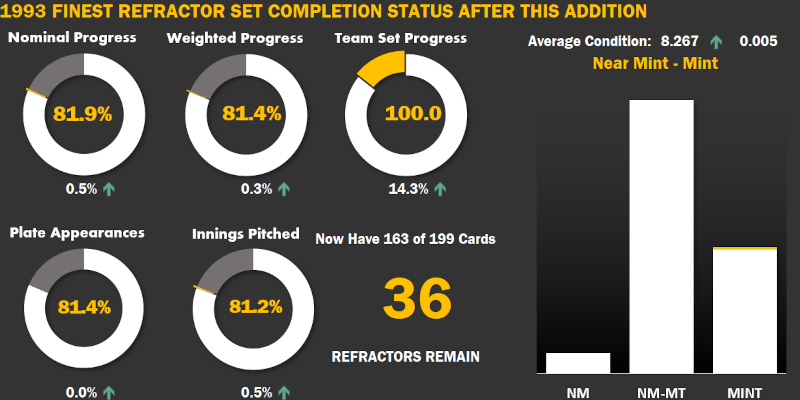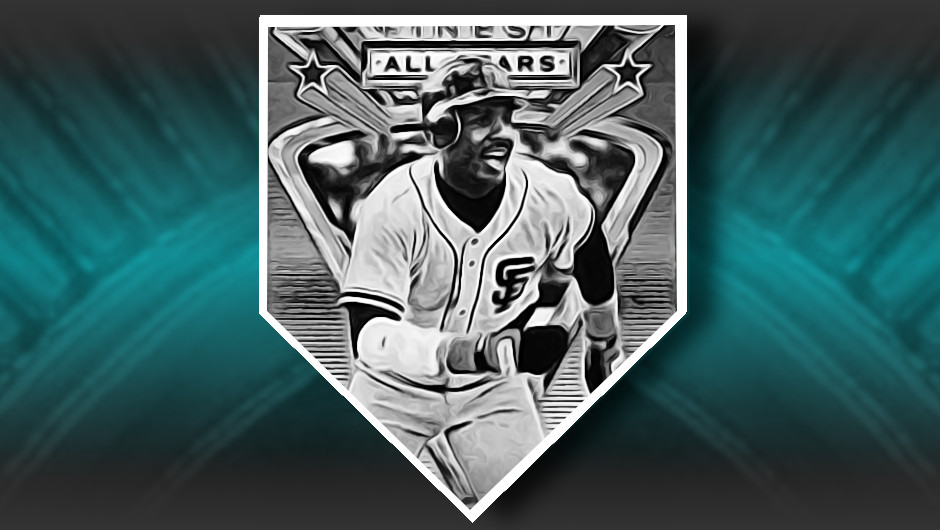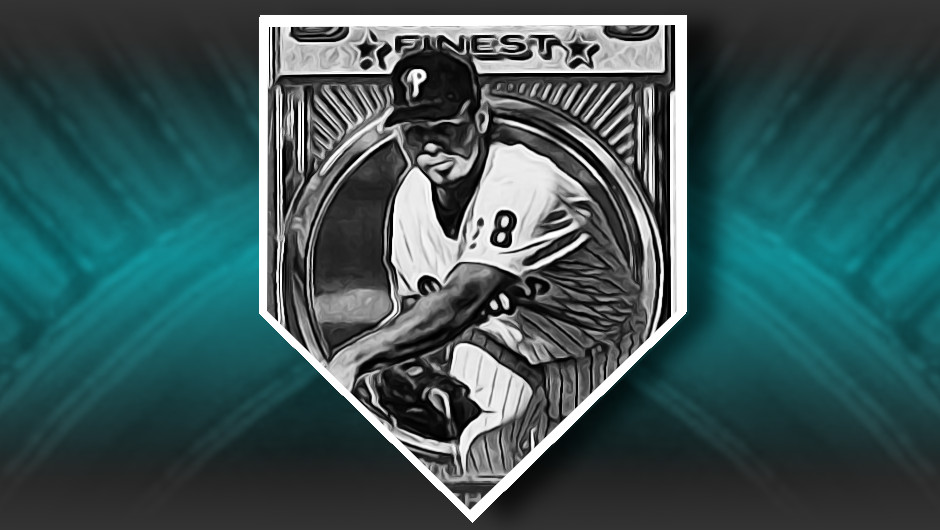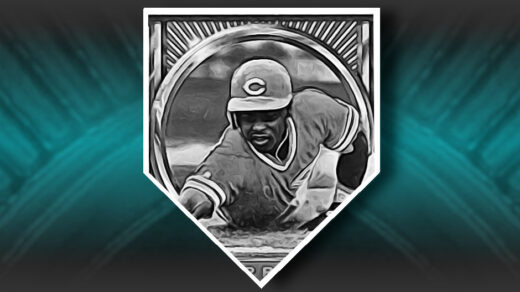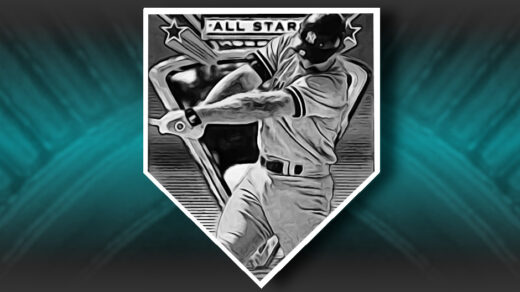Mitch Williams earned 192 saves in his career, but only had to pitch for 191 of those contests. The remaining save came as a result of a bizarre outing in which he became the only MLB player to record a save without throwing a single pitch.
On April 28, 1989 Williams and his Chicago Cubs were playing in Wrigley Field against the San Diego Padres. Starter Paul Kilgus was working on a 3-0 shut out and started the 9th inning by retiring Tony Gwynn with a fly to left field. Jack Clark stepped up after Gwynn, ripping a double into right field. Benito Santiago hit an infield grounder that was botched for an error, sending Clark to third and putting Santiago on first. Carmelo Martinez got everybody in motion with another infield ball, resulting in Clark being thrown out in a play at the plate, Santiago moving up two bases to third, and Martinez standing on first. Luis Salazar then hit an outfield single, scoring Santiago and putting men on first and second in what is suddenly a two run game.
The Cubs called to the bullpen for Williams, needing just one out to shut down the Padres rally and record a win. Williams looked for the sign, nodded his head, and then turned to his usual backwards facing set position. Seeing Martinez straying too far from the base, Williams threw the ball to second baseman Ryne Sandberg to pick him off. The result was the final out and a successful save, all without once throwing a pitch to the batter.
Just for good measure, Williams nearly did it again a few months later. On September 11 he was brought in with two outs and two men on in the ninth inning of a 4-3 game. The Expos used the pitching change to adjust their strategy as well, replacing catcher Mike Fitzgerald as the runner on first with pinch runner Jeff Huson. Williams took the mound, threw a ball to Nelson Santovenia, and then promptly nabbed Huson with a pickoff move to first base. 1 pitch and another save added to Williams’ record.
Wild Thing
What made Williams so good at picking off runners was a willingness to consider looking where the pitch was going to be optional. It’s as if he would memorize where a batter was last standing and then deliver a pitch based on where he thought the batter would be. A typical Williams pitching sequence would start with him raising his glove to his face, tucking in head towards his chest, turning away from the batter, and then launching forward with what can only be described as a side-armed leg kick. The motion would bring Williams’ arm violently forward and the momentum would carry him off the mound towards third base in a sideways heap after each pitch. This motion can be seen in both the early and later stages on his 1994 Finest (left) and Topps (right) baseball cards.
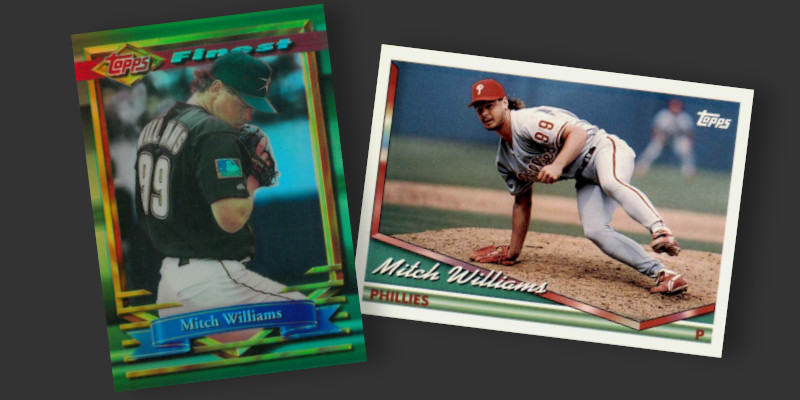
The movement was effective in picking off runners, as well as infuriating for batters trying to get a read on exactly what point the ball would be delivered. Williams recorded one of the era’s higher strikeout percentages, retiring about a batter per inning in a period before this was considered table stakes for working as a closer.
The downside to not looking where you are throwing a ball is reduced accuracy. Williams was nicknamed “Wild Thing” with good reason. He walked almost one batter every inning. He hit batters nearly once per 9 innings and was charged with wild pitches at a similar rate. That backwards motion also generated its fair share of balks. His WHIP was an abysmal 1.56 over the course of his career.
Williams played almost every inning of his career as a reliever, and for the most part he was an effective one. In 1991 he managed to record a dozen wins despite making each of his appearances in relief. This total was good enough to be team’s third highest win total and was only one away from making him the team’s second most valuable pitcher. After 1993 his performance significantly deteriorated, weighing on his career stats and reducing what to that point had been a fairly effective career.

My assessment of pitchers appearing in the ’93 Finest checklist have Williams at the bottom of the list, though it was his efforts that year that helped take the Phillies to the World Series. What’s great about the small checklist of this landmark set is the face that a talented pitcher like Mitch Williams could be considered the worst pitcher in the set.

